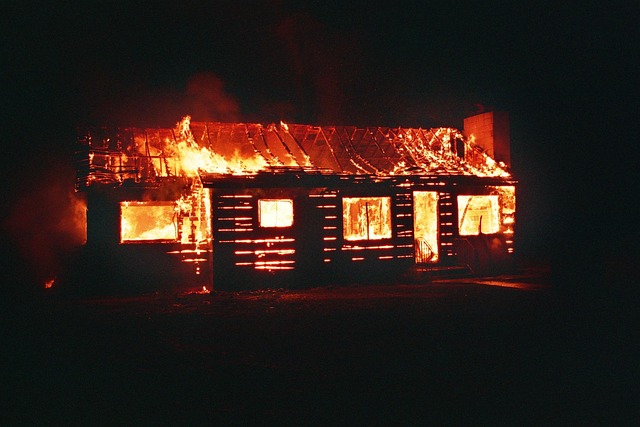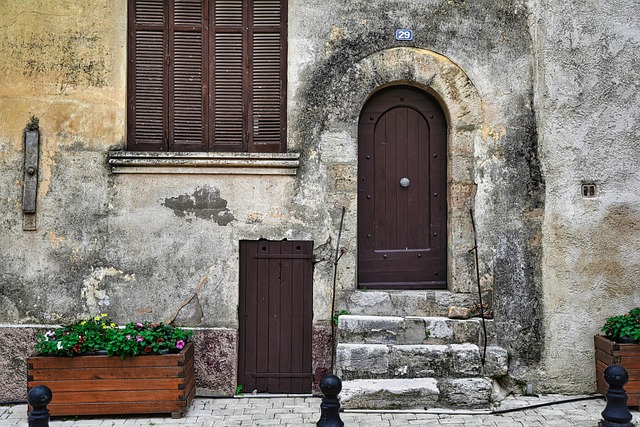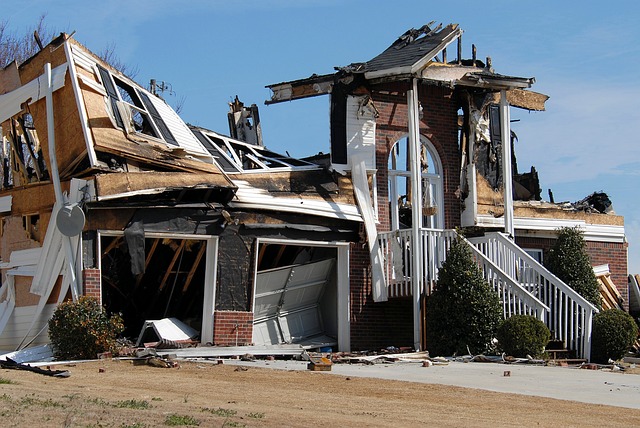Selling a fire-damaged house in California demands understanding the rigorous fire damage assessment process, involving structural integrity checks, electrical/plumbing evaluations, and air quality tests. Accurate repair estimates, based on meticulous documentation and professional software, are key for both homeowners seeking fair negotiation and buyers making informed decisions. The extent of damage, home age, construction type, and local codes impact restoration costs, with older homes typically requiring more extensive repairs. Post-fire, legal and safety considerations include structural integrity assessments, hazard identification, insurance claims, and transparent communication about damages to potential buyers.
“After a fire, navigating repair estimates can be overwhelming. If you’re considering selling a fire-damaged house in California, understanding the assessment process is crucial. This guide breaks down the key steps, from gathering accurate data and documenting damage to deciphering influencing factors and legal considerations. By the end, homeowners will be equipped with knowledge to make informed decisions when repairing or selling their fire-affected properties in California.”
- Understanding Fire Damage Assessment: What to Expect When Selling a Fire-Damaged House in California
- Gathering Accurate Data: Documenting Fire Damage for Repair Estimates
- Factors Influencing Repair Costs: A Comprehensive Guide for Homeowners in CA
- Legal and Safety Considerations: Navigating Insurance Claims and Home Sale in Post-Fire Scenarios
Understanding Fire Damage Assessment: What to Expect When Selling a Fire-Damaged House in California

When selling a fire-damaged house in California, understanding the fire damage assessment process is crucial for both homeowners and potential buyers. This involves a thorough inspection to determine the extent of the damage caused by the fire, smoke, and water used to extinguish it. Fire damage repair estimates will consider not only the visible signs but also hidden issues that may have been affected by the event.
During an assessment, professionals look for structural integrity, electrical systems, plumbing, and indoor air quality. They assess whether the house requires demolition or partial/full renovation. The estimate should include a detailed breakdown of repairs needed, materials required, labor costs, and potential hidden expenses. Being prepared with this knowledge allows homeowners to negotiate sales terms fairly and ensures buyers are fully informed about the state of the property they intend to purchase in California.
Gathering Accurate Data: Documenting Fire Damage for Repair Estimates

When dealing with fire damage in a home, especially if you’re considering selling your fire-damaged property in California, accurate data collection is paramount for generating reliable repair estimates. The first step in this process involves meticulous documentation of all visible damage caused by the fire. This includes assessing structural integrity, evaluating water damage from fire suppression efforts, and noting any blackened or charred areas. Professional estimators often use detailed cameras and specialized software to capture precise images and measurements, ensuring that no aspect of the damage goes unnoticed.
Additionally, gathering information about the home’s original condition before the fire is crucial. This historical data can be compared against the current state to determine restoration requirements accurately. For instance, knowing the materials used in construction, the layout, and any recent renovations can significantly influence repair estimates. California’s diverse climate and building codes also play a role, necessitating specific considerations for restoring homes to their pre-fire condition.
Factors Influencing Repair Costs: A Comprehensive Guide for Homeowners in CA

When dealing with fire damage and considering a sell fire damage house California, understanding repair costs is essential. Several factors significantly influence these expenses, each contributing to the complexity of restoration. The extent of the fire’s reach plays a pivotal role; localized fires might only affect specific rooms, while larger blazes can devastate entire homes. Consequently, the cost to repair or replace damaged items varies accordingly.
Additionally, the age and condition of your California home before the incident matter. Older structures may require more extensive repairs due to vintage materials and designs no longer in production. Conversely, newer homes might have easier restoration paths, thanks to modern building standards and readily available replacement parts. Other considerations include the type of construction, with wooden frames typically necessitating different repair approaches than brick or concrete structures.
Legal and Safety Considerations: Navigating Insurance Claims and Home Sale in Post-Fire Scenarios

After a fire, navigating the legal and safety aspects of repairing and selling your California home can be daunting. The first step is to ensure that the property is safe for entry. This involves assessing structural integrity, identifying hazards like exposed wiring or toxic materials, and clearing smoke and water damage. Only then should you consider repairs, which might include everything from roof replacements to remodeling, depending on the extent of the fire.
Insurance claims play a crucial role in this process. Documenting all damages thoroughly is essential for accurate insurance estimates. Once approved, your policy will help cover repair costs. If selling your fire-damaged home in California, be transparent about the incident and its aftermath to potential buyers. Provide details on completed repairs and any remaining restoration work, as this information impacts property value. Understanding local building codes and safety regulations is also vital to ensure compliance during renovations.
When selling a fire-damaged home in California, understanding the repair estimate process is key. By gathering accurate data, knowing repair cost factors, and navigating legal considerations, homeowners can ensure a smooth transition. This comprehensive guide provides essential insights for making informed decisions during the post-fire sale, helping folks in California efficiently sell their fire-damaged properties.






